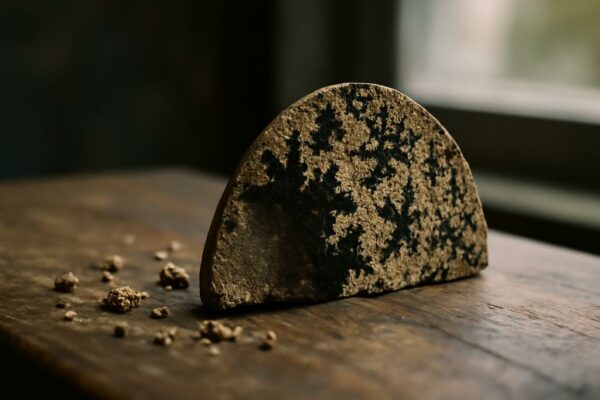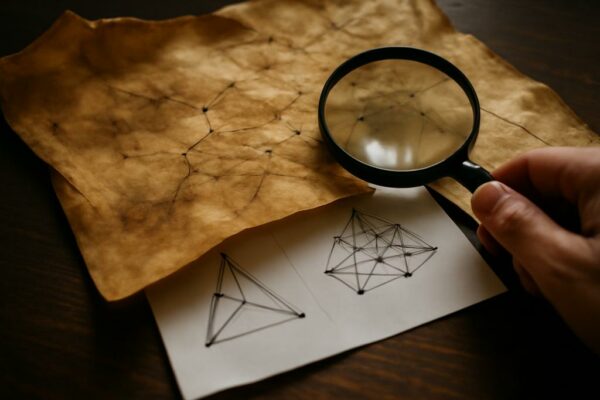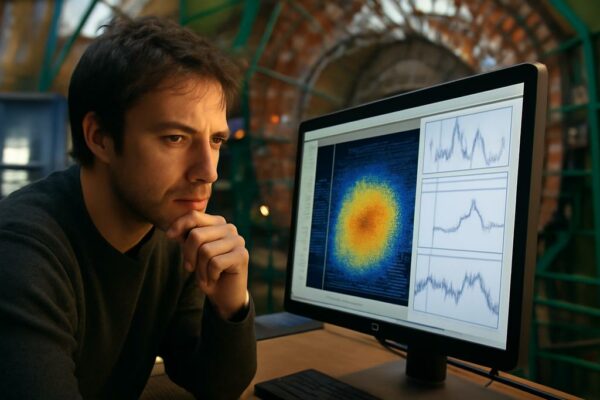
A New Eye for Moon Shadows Redraws Lunar Rovers
The Moon near its poles is a theater of light and shadow, a place where perception is as much a chemistry of photons as a test of courage. The Sun lingers near the horizon, casting shadows that stretch like dark fingerprints across crater floors, while bright patches glare with unrelenting glare. For robotic explorers, that…
























